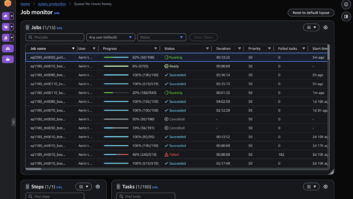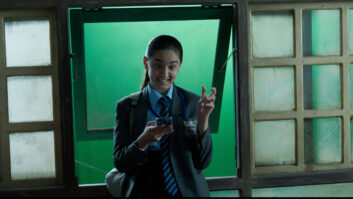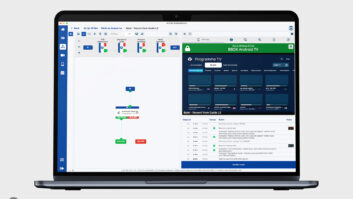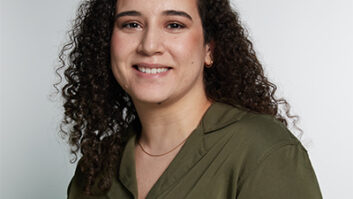Autodesk has had a busy Siggraph, with new 2008 versions of both Toxik and Maya released from under covers in San Diego. Toxik 2008 is available as a stand-alone product on both the Windows and Linux operating systems. The new version offers greater interoperability with Autodesk Maya 3D modelling, animation and rendering software, thereby helping artists combine 2D and 3D techniques to solve complex production problems, writes Andy Stout.
“The growing scale and complexity of computer-generated imagery in visual effects work is driving convergence between 2D and 3D pipelines,” said Marc Petit, senior vice president, Autodesk Media & Entertainment. “Transferring camera and rendering information from Maya to Toxik allows artists to make creative decisions in an interactive environment; in the context of live-action footage or computer-generated elements. This gives artists more freedom to experiment and allows them to quickly achieve the shot they want for their client.”
Utilising the latest HDRI technology, Toxik 2008 gives users a greater dynamic range of exposures than traditional digital imaging techniques, accurately representing a wide range of intensity levels, ranging from direct sunlight to the deepest shadows. With a combination of realtime, interactive compositing of 2k, 4k and higher-resolution imagery, and a deep creative toolset, Toxik 2008 allows users to combine computer-generated and live-action footage to create compelling content for today’s high-end films and television shows .
“During ‘Pirates of the Caribbean: at World’s End’, we used Toxik extensively alongside Flame for both prep work and full compositing of shots,” said Phil Brennan, head of production at Post Asylum. “Toxik’s Python scripting and Wiretap interface enabled the two products to work seamlessly together, greatly increasing the efficiency of our compositing pipeline.”
Also new is Maya 2008, whose new features include increased polygon modelling efficiency, new shaders for next gen console development, increased flexibility for character set-up and animation, and a host of optimised features to improve workflow efficiency. Unsurprisingly, the company also added a 2008 upgrade to its venerable 3ds max software at the same time too, adding improved viewing and handling of large complex scenes as well as tools for dealing with complex workflows and some neat pipeline customisations and work-arounds.







